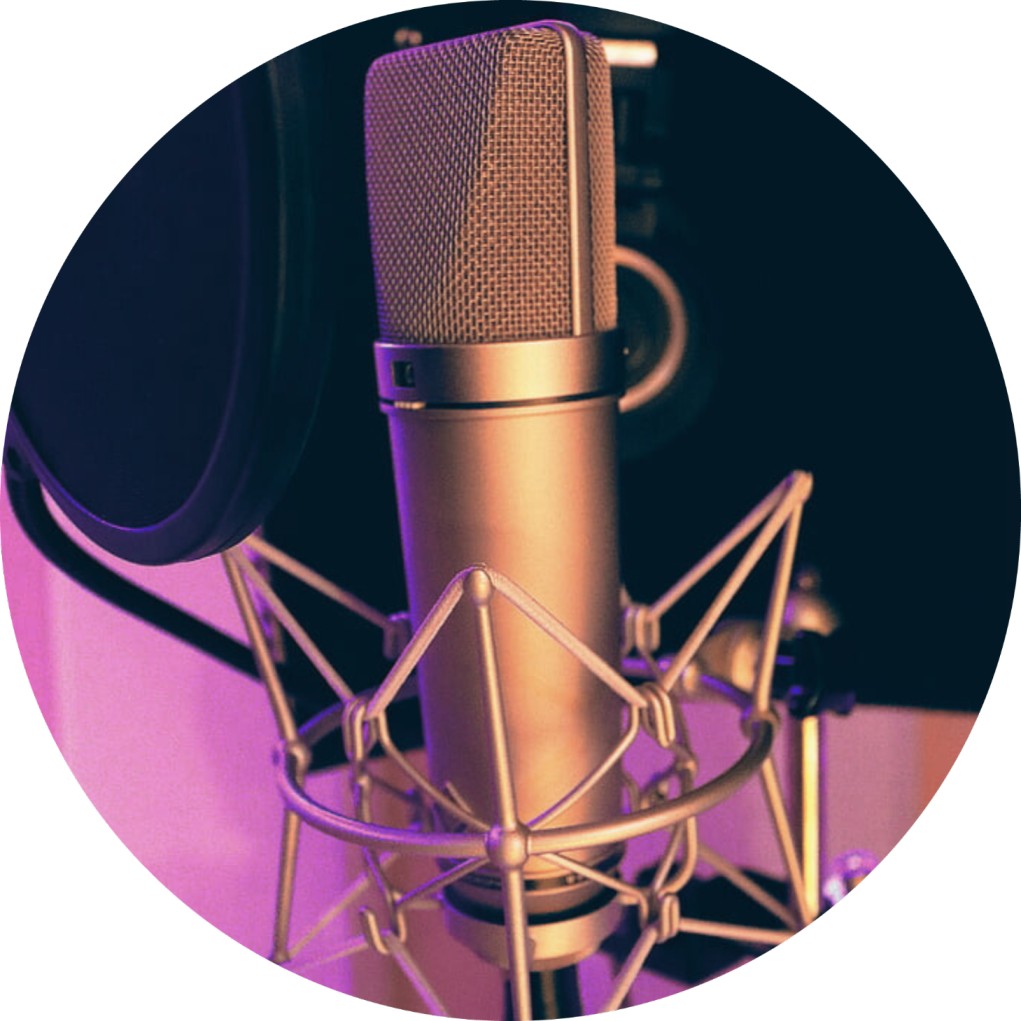USB vs XLR Microphones: Which One Delivers Better Sound for YouTube?
Microphones for YouTube videos is a topic that comes up again and again—whether you’re watching setup tours, tech reviews, or beginner guides. But here’s something I’ve noticed: the debate between USB and XLR microphones often gets simplified into “which is better” without really digging into what you need as a creator.
That’s a problem because picking the wrong type can lead to frustration, extra spending, and audio that just doesn’t sound quite right for your videos. And honestly, nobody wants that after investing hours into content creation.
So, in this post, we’re going to unpack the USB vs XLR microphones question with fresh perspectives, personal insights, and practical tips. By the end, you’ll know which mic setup fits your YouTube style, budget, and workspace best.
Why Does the USB vs XLR Debate Even Matter?
Let’s get real: if you’re just starting on YouTube, the last thing you want is complicated gear that leaves you confused. USB microphones are often pitched as “plug and play,” making them super appealing for beginners. On the other hand, XLR mics are loved by pros for their sound quality but require more setup and accessories.
But that’s just the surface. To make an informed choice, it’s essential to understand:
- What your recording space is like (echoey bedroom? treated home studio?)
- Your budget and willingness to invest in extra gear
- Your goals for audio quality now and down the road
Let’s break down each type to see where they shine—and where they might fall short.
USB Microphones: Simple, Affordable, Plug-and-Play
USB microphones have revolutionized content creation by making decent audio accessible without tons of extra gear. You simply plug the mic into your computer’s USB port, select it in your recording software, and you’re good to go. No audio interfaces or mixers required.
Why You Might Love USB Mics for YouTube
- Ease of Use: No confusing setup or extra purchases. Perfect for beginners or creators who want quick, hassle-free audio.
- Cost-Effective: Many quality USB mics cost less than $150, ideal if you’re on a tight budget.
- Portability: Great for creators who travel or record on the go since everything is self-contained.
- Software Integration: Some USB mics come with companion apps that allow you to tweak settings, add effects, or control monitoring easily.
Common USB Microphones You’ve Heard Of
- Shure MV7: Hybrid USB/XLR mic with a warm tone and voice isolation—great for growing creators who want to upgrade later.
- Blue Yeti: A classic, versatile USB mic with multiple pickup patterns, popular for streaming and YouTube.
- Audio-Technica ATR2100x-USB: A reliable budget option with both USB and XLR outputs, offering flexibility.
When USB Might Not Be Enough
- USB mics often have limited upgrade paths. Once you hit their quality ceiling, you’ll need to switch to XLR anyway.
- Some USB mics pick up more room noise due to built-in preamps and internal components.
- You’re locked into digital conversion inside the mic, which might not match higher-end audio interfaces’ quality.
XLR Microphones: The Pro-Level Sound with More Setup
XLR microphones are the industry standard for studios, podcasters, and professional YouTubers because of their superior sound quality and versatility. But they aren’t as “plug and play” as USB mics—you’ll need an audio interface or mixer to connect them to your computer.
Why Choose an XLR Mic for YouTube?
- Better Sound Quality: XLR mics, especially dynamic ones like the Shure SM7B or Rode PodMic, deliver cleaner, richer sound.
- Expandable Setup: Audio interfaces let you adjust gain, add effects, and monitor your audio live, giving you control.
- Room Noise Rejection: Many XLR mics handle untreated rooms better by focusing on your voice and blocking background sounds.
- Long-Term Investment: Once you invest in a good interface, you can upgrade your mic without overhauling your whole setup.
Popular XLR Microphones for YouTubers
- Shure SM7B: The go-to mic for podcasters and YouTubers who want broadcast-quality audio.
- Rode PodMic: Affordable dynamic mic that reduces background noise and handles untreated spaces well.
- Audio-Technica AT2020 (XLR): A budget condenser with crisp sound but more room noise pickup—better in treated rooms.
The Cons of XLR for Beginners
- Higher upfront cost due to accessories (audio interface, cables, stands).
- Requires some learning curve to set up and optimize sound.
- More equipment means less portability and more clutter.
USB vs XLR Microphones: A Side-by-Side Comparison
| Feature | USB Microphones | XLR Microphones |
|---|---|---|
| Ease of Use | Plug and play, minimal setup | Requires interface and cables setup |
| Cost | Affordable, all-in-one solution | Higher initial investment, but scalable |
| Sound Quality | Good for entry/mid-level content | Superior, especially in untreated rooms |
| Upgrade Path | Limited to mic replacement | Flexible—upgrade mics or interface independently |
| Portability | Very portable and compact | Less portable, more gear involved |
| Noise Rejection | Moderate, depends on model | Excellent with quality dynamic mics |
| Control & Monitoring | Limited, sometimes software dependent | Real-time control with hardware interfaces |
So, Which One Should You Pick for Your YouTube Videos?
If you’re someone who:
- Wants to start recording right now without fuss,
- Has a tight budget,
- Records mainly in a quiet or treated space,
then a USB microphone is probably the best place to start. It lets you get decent audio without complexity. For example, the Shure MV7 USB mode is a fan favorite because it balances quality and simplicity perfectly.
But if you’re ready to:
- Invest a bit more,
- Take time to learn your gear,
- Want professional-grade sound with lots of control,
- Record in a room that’s not acoustically treated,
then an XLR microphone setup will serve you better in the long run. Mics like the Shure SM7B or Rode PodMic paired with a good audio interface will help your videos sound crisp, clear, and immersive.
Real Talk: My Personal Experience
When I first started my YouTube channel, I grabbed a USB mic because I wanted zero hassle. It worked well initially, but I noticed background noise and a lack of warmth in my voice. After upgrading to an XLR setup with a Shure SM7B and Focusrite Scarlett 2i2 interface, the difference was night and day.
I had to spend time learning gain staging and mic placement, but the richer sound and noise rejection were worth it. Plus, the interface opened doors to adding effects and layering audio like a pro.
That said, if I were starting today and my setup was simple, I’d still recommend a USB mic like the MV7 for a quick, no-fuss start. Then, upgrade when you’re ready.
Quick Tips to Maximize Your Mic Setup
No matter which mic you pick:
- Control your environment: Add rugs, curtains, or DIY acoustic panels to reduce echo.
- Mic placement matters: Keep the mic 4–6 inches from your mouth and speak slightly off-axis to reduce plosives.
- Use a pop filter or windscreen: Helps cut down harsh “p” and “b” sounds.
- Monitor your sound: Always use headphones while recording to catch issues early.
Wrapping It Up
Choosing between USB vs XLR microphones comes down to your needs, budget, and commitment to audio quality. USB mics are fantastic for ease and speed, while XLR mics offer unparalleled sound and growth potential.
Start with what fits your current situation, but keep in mind the upgrade path so your audio can grow as your channel does.
What’s Next?
Have you tried USB or XLR mics for your videos? What’s your experience been like? Drop a comment below and share!
Want more gear recommendations and pro tips? Check out our full microphone buying guide for YouTubers.
Ready to take your audio up a notch? Explore the best audio interfaces to pair with your XLR mic here.
Thanks for reading—happy recording and content creating! 🎤✨

